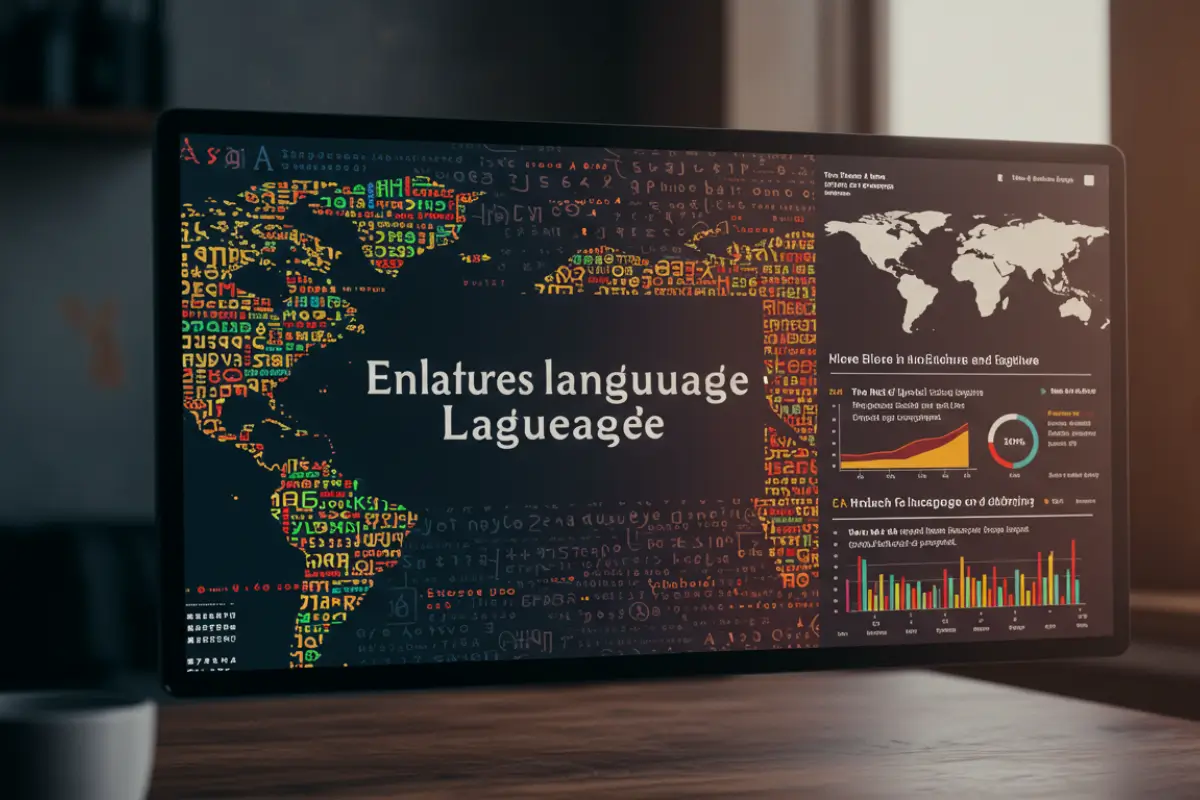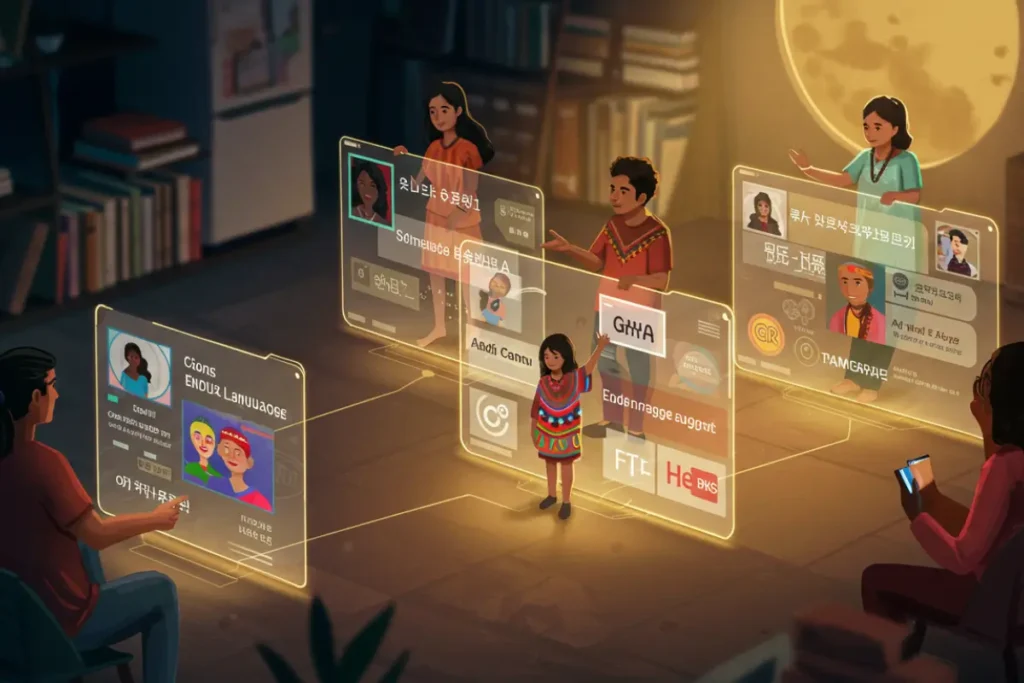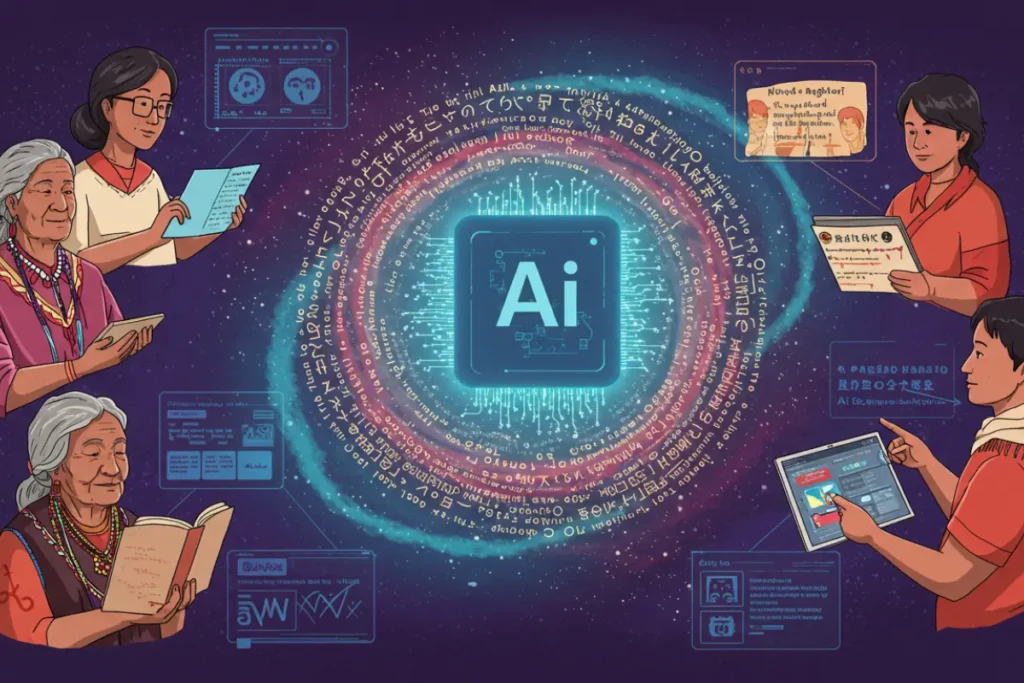How AI is Helping Preserve Endangered Languages
- March 13, 2025
- 0
What’s up, I’m going to talk about a very good topic, after I was studying a little about Nordic languages I thought, will AI help preserve the oldest
What’s up, I’m going to talk about a very good topic, after I was studying a little about Nordic languages I thought, will AI help preserve the oldest

What’s up, I’m going to talk about a very good topic, after I was studying a little about Nordic languages I thought, will AI help preserve the oldest languages of humanity?
Well, this is the reality we are facing today. But here’s the good news: artificial intelligence (AI) is stepping in to help preserve endangered languages, and it’s doing an incredible job at it!
Let’s dive into how AI is changing the game and why this matters for humanity.

Languages are more than just words; they are the lifeblood of culture, identity, and history. However, many languages are disappearing at an alarming rate.
According to UNESCO, nearly 50% of the world’s 7,000 languages are at risk of extinction within this century. But what if technology could change this fate? Enter AI!

AI is not just about robots and automation; it’s becoming a powerful tool for language preservation. Here’s how AI is stepping in:
One of the biggest challenges in preserving a language is documenting it properly. AI tools like speech recognition software, machine learning, and natural language processing (NLP) can help by:
A great example is Google’s “Woolaroo” project, an open-source AI tool that helps indigenous communities document and teach their languages.
Ever used Google Translate? Well, AI-powered translation tools are now expanding to include endangered languages! With deep learning, AI can:
Imagine chatting with an AI that speaks an ancient language! AI-driven chatbots can:
Facebook AI Research (FAIR) has been working on NLP models that can help reconstruct lost languages and dialects!
Many languages have unique pronunciations, making it difficult to teach them through text alone. AI can:
For example, Amazon Polly and Google WaveNet are AI text-to-speech tools helping researchers preserve spoken language nuances.

AI-powered language preservation isn’t just a passion project for tech geeks; major companies and nonprofits are stepping up:
These collaborations are crucial to ensuring that small languages don’t disappear forever.
While AI is doing a great job, it’s not perfect. Here are some major challenges:
Despite these challenges, AI researchers are constantly improving technology to overcome these barriers.
You might be wondering, “How can I contribute to saving languages?” Well, you don’t need to be a tech genius! Here are a few ways you can help:

AI is not just about self-driving cars and chatbots; it’s becoming a powerful tool for cultural preservation. While AI alone can’t save languages, it is making a huge difference in how we document, teach, and revive them.
This AI promises a lot and I say more, I think it is an AI that can help a lot to preserve even the culture of the people who speak this language since a language is a culture.
As technology improves, we can expect even better AI tools to help preserve endangered languages, ensuring that no culture gets lost in history. And hey, who knows?
Maybe AI will soon make it possible for everyone to learn and speak ancient or rare languages effortlessly!
External Resources: